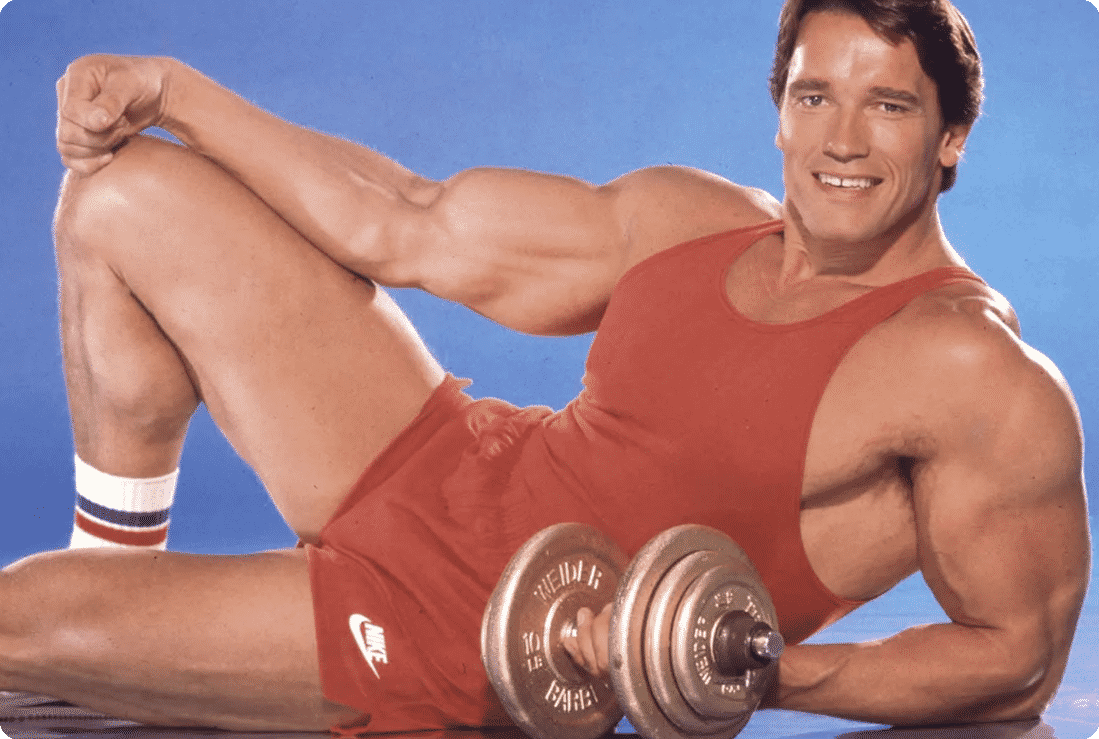
Exhausted and hungry when Casey Johnston first showed up at her neighborhood gym, the £15-a-month gym is popular with firefighters who lift weights and yell. Stuck in a years-long cycle of restrictive dieting and punishing cardio, Johnston was looking for a way out when she came across Mark Ripto’s “Starting Power,” a classic The Weightlifting Handbook recommends a fundamental three-day-a-week free weight program.
It wasn’t just her body that this new workout changed – less than two years after she started a weightlifting column for the influential women’s blog The Hairpin, and writing about weightlifting eventually became her full-time job, And successfully published the Substack newsletter “She’s a Beast”. But on her first day, a big problem arose. Rippetoe’s plan is based entirely on classic barbell moves, and she’s not strong enough to lift a 45-pound bar. It’s not difficult to fix this (workout can be done with lighter dumbbells), but it’s revelatory. Almost all weightlifting advice is preached to Meathead Choir, and even junior programs are often not junior enough.
Serious weightlifting is often thought of as something people — mostly men — do to gain muscle, either for competitive bodybuilding or just to show off on the beach. Or the training of competitive athletes, namely football and baseball players, where the weight room is a necessary evil in order to get strong and win games. But Johnston’s focus on writing for women (and by extension, anyone else who wouldn’t consider lifting weights in a systematic way, which is probably most men) opens up a broader rationale for weightlifting: as a An overall life-enhancing practice to get stronger.

“Our bodies have all these movements that we’re good at, and that’s the structure of weightlifting,” she told me as I squatted (poorly) on a rack in her backyard. “You don’t have to be the strongest person ever to benefit from learning to exercise in these ways.” Pick up a bag of cat litter or lift a full suitcase to the overhead locker of an airplane, Just a little more muscle suddenly becomes much easier.
On a deeper level, though, Johnston sees building strength as a way to develop a completely different relationship with your body. While tackling some of the toughest questions in fitness — should I do cardio? Should I eat carbs? What should my body look like? ‘ Johnston’s answer almost always comes from asking ‘What can help you get stronger? “It’s the key that unlocks every door. So when one reader asked if anything tasted as good as feeling skinny after Kate Moss, Johnston was ready.” Feeling Strong It feels better than being skinny.”
Building a new relationship with food is at the heart of Johnston’s writing. She was very active as a child, but by the time she got to college, she stopped exercising, gained weight, and started to feel a little depressed. “I decided I was going to lose some weight — I started running and going on a 1,200-calorie diet,” she said. “At first it worked, but then it didn’t work anymore. I kept running more and more, trying to eat less and less, and wishing I could be cruel. It went on for seven years, the longer , the worse it feels.